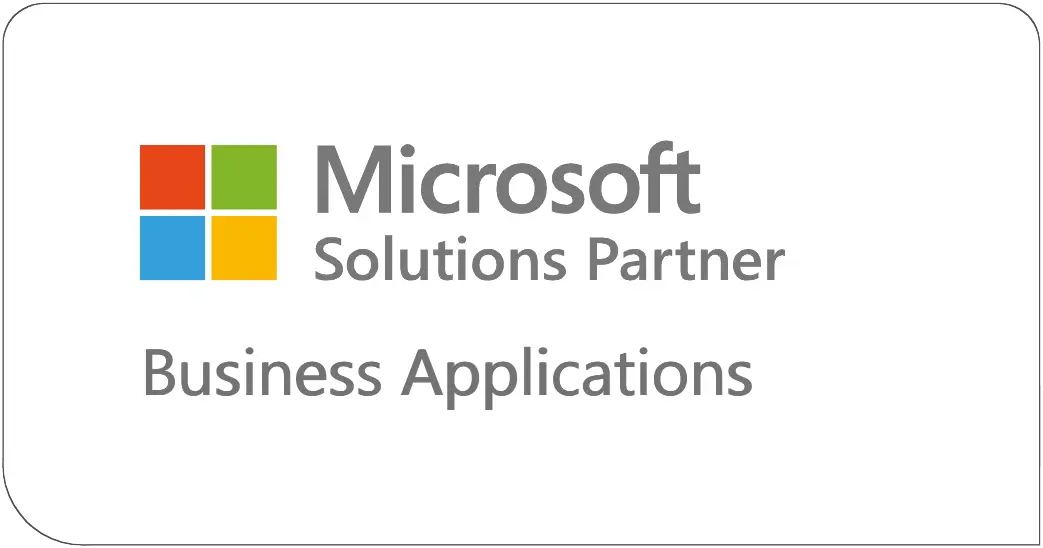Food and Beverage Manufacturing
Asset performance management and F&B sector
Asset performance management (APM) is key for food and beverage processors to reliably produce safe food at the lowest cost. This goes beyond only having the equipment available. Asset performance is one of three variables used to calculate Overall Equipment Effectiveness (OEE) — the other two are availability and quality.
In food and beverage processing, quality is primarily about food safety, which is non-negotiable. Studies show that a food safety issue leading to a recall can cost millions, and the associated brand damage can be immeasurable.
F&B industry focus
A world-class enterprise asset management (EAM) solution helps:
- Keep assets operating safely, efficiently and within specifications
- Reduce energy usage
- Increase efficiency
- Improve compliance
- Enhance warranty recovery
- Identify and fix issues before they become catastrophic problems

Benefits of asset performance management
Food manufacturing and processing are asset-intensive operations that can benefit from finding ways to extend asset life, minimize costs, improve safety, and reduce waste.
Production Management
With the planning, scheduling, and uptime optimization possible with APM, you can expect to see increased OEE. You can manage risk, warranty claims, initiate preventive maintenance measures, and easily collect data on production equipment, such as pumps, heaters, filling and packaging lines.
Spare Parts & Consumables
Many organizations keep extra materials on hand but stockpiling spare parts may not be a wise practice. Extra materials can degrade over time. HxGN EAM enables organizations to use APM data to identify key components to have on hand and which ones aren’t needed—reducing the overall cost of inventory.
Food & Worker Safety
Eliminating food safety risks and risks to workers are the primary responsibilities of food processing companies. With APM, organizations can perform ongoing monitoring of asset conditions can combine condition data with work history data to analyze when equipment might fail.
Sustainability
Poor food handling, lack of proper training, aging manufacturing equipment, product line changeovers, and cleaning in place are the biggest causes of food waste in the factory. Properly maintained processing facilities tackle unnecessary food waste and can save water and energy.
Budgeting
All organizations want to create accurate budgets. When it comes to asset management in food production facilities, precision budgeting means predicting what assets the organization will need to purchase or replace given operating conditions and business conditions.
Mobility
Built-in mobility features extend the value of HxGN EAM to service workers, as well as managers, clerks, and schedulers who are connected directly to the solution. They’ll be able to access and interact with all documentation, inventory, historical data, and more from anywhere.
Doing business in the F&B sector?
If you want to discover HxGN EAM for F&B Manufacturing, send us a message.

Key Features
Checklist functionality. HxGN EAM allows maintenance supervisors and technicians to identify and track task plans and individual maintenance steps—easily seeing which steps have been completed and recording the required data through pre-defined checklists.
Energy optimization. HxGN EAM allows you to establish and monitor a corporate energy strategy by benchmarking, monitoring, and comparing the energy performance of your assets.
Facilities management tools. HxGN EAM contains robust facilities management tools that help reduce costs, downtime, and risk while increasing compliance, reliability, and customer satisfaction.
Four key capabilities of HxGN EAM in food and beverage manufacturing
Asset registry
The asset registry is the heart of the EAM system. It serves as the central digital source for information about all assets that are valuable to the organization.
The asset registry tracks metadata, the position of the asset in relevant processes, and dynamic data about the asset. Metadata includes information about the stock levels, serial numbers, manufacturing data, and more.
Historical data usage
Many organizations rely on OEM specifications to perform preventive maintenance.
By tracking work orders, maintaining a real-world history of what happened to assets, organizations can better predict failure and proactively maintain the asset. Failure code analysis provides valuable information that helps formulate a reliability-centered maintenance program.
Real-time condition data
Most of today’s food manufacturing and processing machines are connected to control systems through real-time sensors that show the condition of a part or component at any point in time.
Combining these measurements with asset data and work history data provide a framework for triggering work orders that direct maintenance teams to fix assets before they break down to avoid quality and safety issues.
Modeling analytics and connectivity
Analytics enable organizations to take asset registry, work order, and condition data to perform “what if” analysis to predict what could happen in the future under similar circumstances.
For example, a beverage processor can simulate how an increase in demand for a beverage with higher acidity will impact the lifetime of the equipment and additional costs that are needed to keep the equipment in optimal condition.
Resources
Brochure
HxGN EAM for Food and Beverage
Best Practice Guide
Why your enterprise asset management strategy must evolve to increase food safety
eBook
Cut F&B production downtime with smart asset management







